During the past summer as well as during the floods caused by storm YAGI, we saw many serious landslides and flash floods, causing great damage to people and property, typically the flash flood in Lang Nu village, Phuc Khanh commune, Bao Yen district, Lao Cai province. In your opinion, why are natural disasters such as flash floods and landslides occurring on an increasingly large scale with increasing frequency? Besides the impact of nature, are there impacts from human socio-economic development activities?
Dr. Nguyen Dai Trung, Head of Science, Training and International Cooperation Department, Institute of Geosciences and Mineral Resources:
The causes of landslides and mudslides in the mountainous and midland areas of Vietnam in recent times are very diverse, especially including objective causes such as: topography, geomorphology, geology, tectonics, weathering crust, soil, land cover, meteorology, hydrology...
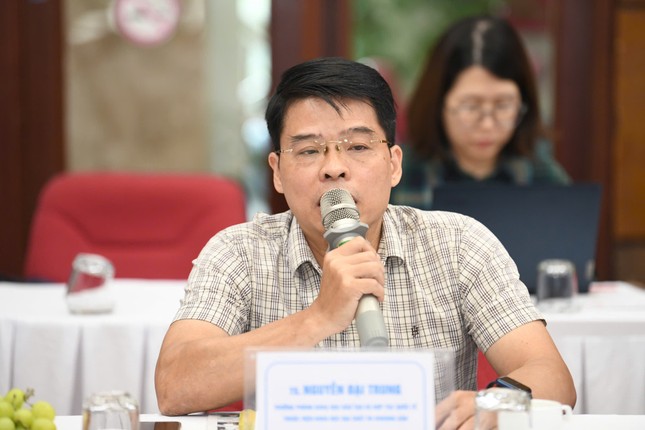 |
Dr. Nguyen Dai Trung, Head of Science, Training and International Cooperation Department, Institute of Geosciences and Mineral Resources |
In general, the natural triggers for landslides and flash floods are mainly determined to be due to meteorological factors: heavy rain, long-term rain. However, subjective causes such as human-induced landslide triggers are increasing from human activities such as land use for planting trees, changing vegetation cover, construction of works, deforestation, cutting hillsides and mountains to make roads, widening roads, mining, etc.
Natural disasters such as landslides and flash floods are occurring on an increasingly large scale with increasing frequency in mountainous and midland areas of Vietnam due to many natural and human factors and impacts.
Regarding natural impacts, Vietnam's terrain is quite special with 2/3 being midland mountainous terrain, erosive terrain, fragmentation creating gorges, deep cliffs in the mountains creating large slopes, deep valleys, where landslides, mudflows, etc. often occur.
In addition, recent earthquakes and volcanic eruptions in our country have created a type of soft, friable soil on the surface. When floods occur, this type of soil is very susceptible to losing its cohesion and being washed away, causing landslides.
In addition, extreme weather phenomena causing heavy rain and prolonged periods of time due to climate change cause storms (the phenomenon of El Nino to La Nila change) with high frequency.
In addition to natural impacts, human impacts from socio-economic development activities in the mountainous and midland areas of Vietnam include: Construction of traffic works, electricity, schools, stations, hydroelectric power plants, dams, lakes, mineral exploitation, exploitation of soil and stone for construction materials, changes in natural terrain and land cover (industrial and agricultural crop planting), etc.
Activities such as deforestation and mountain cutting for transportation have significantly affected the natural terrain of our country.
In addition, overexploitation of vegetation causes significant impacts. For example, 30-40 years ago in Dong Van Cao Bang, there was a fairly rich vegetation cover, but now due to overexploitation, the cover has turned into vegetation cover.
During the recent storm, I also surveyed some places. The landslides in the North were partly due to mineral exploitation in places that caused deep faults. When the circulation of storm YAGI passed through, it caused loss of cohesion, creating landslides.
Currently, there are some minor earthquakes due to hydroelectric stations storing water and accumulating energy underground. Somewhere in the localities, people still feel slight tremors in the ground. But these tremors cause cracks to occur, causing impacts on nature.
Currently, units have issued many early warnings to the people, however, disaster adaptation work needs to be more in-depth. Localities should proactively evacuate people from dangerous areas affected by natural disasters.
Source: https://tienphong.vn/chua-bao-gio-co-mot-thien-tai-tan-pha-du-doi-nhu-bao-yagi-post1684467.tpo
























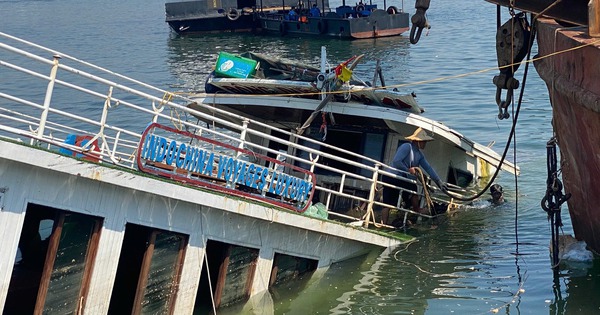


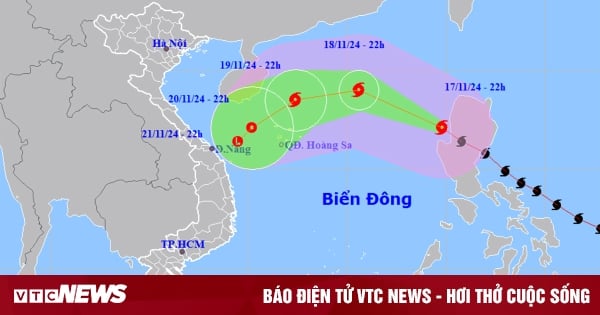

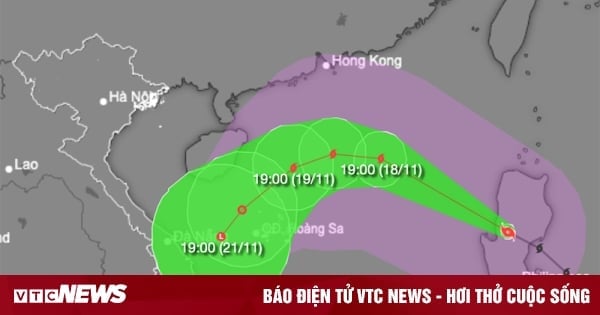
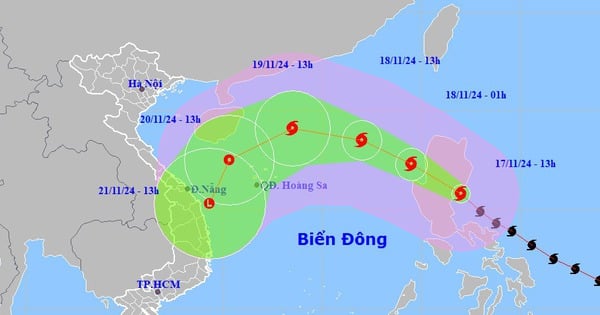











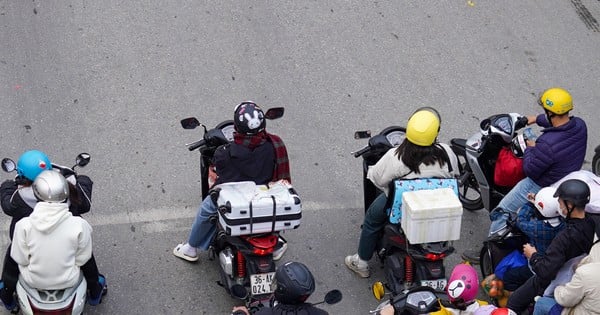
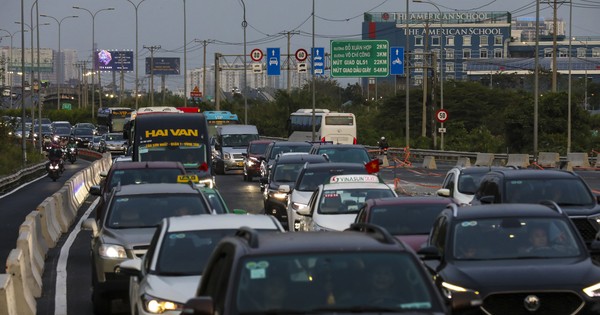
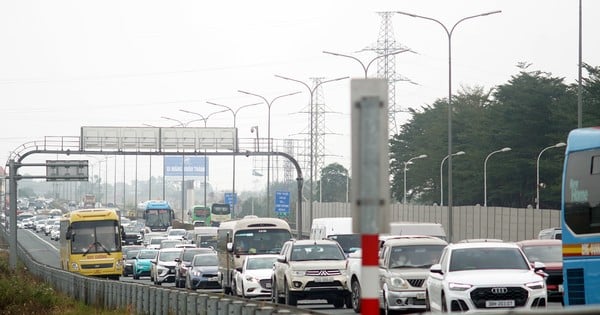

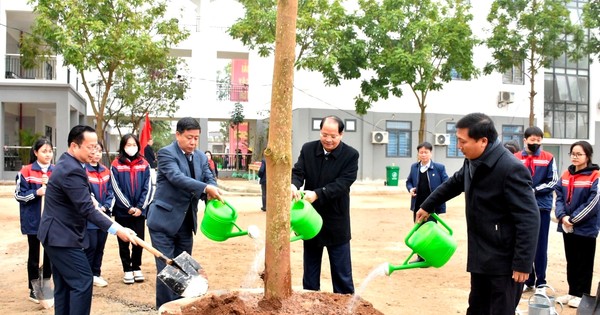




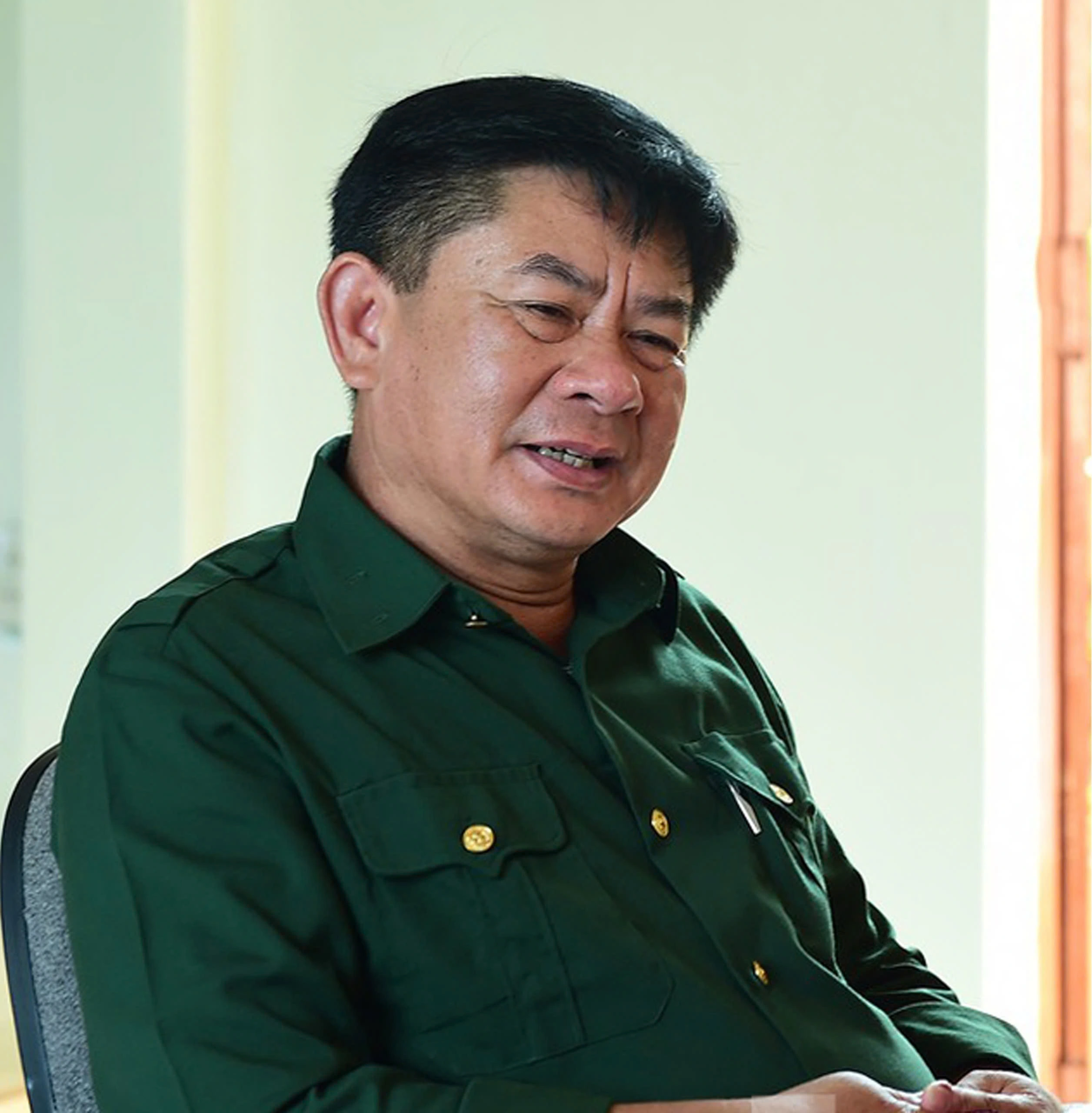









Comment (0)